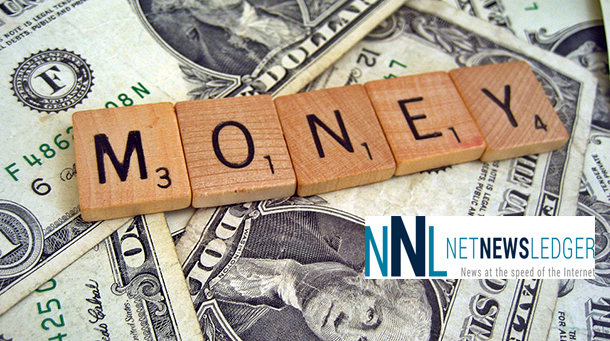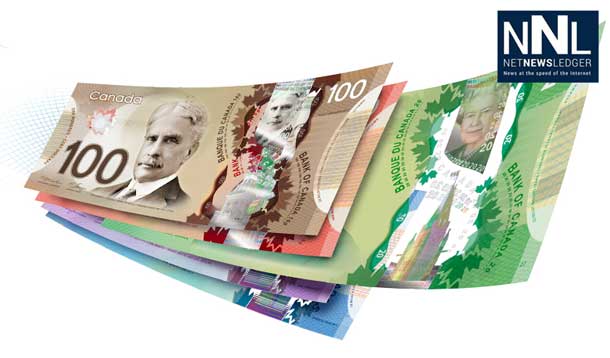
CALGARY, AB – Business – Advocates of reflexive state intervention as the desired means to a better world often believe their cause to be noble and just. From Robespierre and the French revolutionaries in the 18th century to Marxists in the 20th century, to milder “social justice” advocates today, what matters to some, apparently, is the language of equality, by which they mean equality of result. They focus overmuch on the words and ignore the often tragic, bloody results.
But one need not look at extreme examples of state interventionism. Lovers of equality of result, and of the notion a public bureaucracy is capable of solving almost any problem, become positively giddy when the prospect of additional taxes and higher spending seem close at hand. The tax-and-spend crowd continually assume, wrongly, that large government is equal to compassion and that its corollary, high taxes, is conducive to and responsible for a sense of community.
For instance, the late federal NDP leader Jack Layton, campaigning in 2004, labelled previous tax relief in Ontario “extreme,” responsible for all sorts of ills, and argued Canadians did not want tax relief to cause “that kind of damage at a national level.” In 2008, Layton campaigned on higher corporate taxes and more taxes on the wealthy on the basis that higher taxes were a necessary salve for societal salvation. The 2011 Occupy Wall Street protest movement, insofar as it had any coherence, saw various protesters demand higher taxes and more redistribution, especially on the “1 per cent” (i.e., those in the top one per cent of income earners).
As long as taxes exist, income will be redistributed; that is what taxes do. But insofar as the specific notion that any Canadian should be taxed more, the demand is curious. At 38 per cent of GDP, government revenues as a percentage of the economy are at the higher end of the range of where they were during Pierre Trudeau’s reign (between 35 and 39 per cent of the economy) – and he was hardly a low-tax advocate.
Moreover, shortly after some reductions in the tax burden in the late 1990s and early 2000s, provincial governments, in particular, began to raise them once again. These days, tax increases are routinely suggested by government unions, special interest groups, and politicians on the grounds of morality, utility or just on the notion the rich do not pay enough. (In such advocacy, rarely is another possibility considered: cuts to unnecessary parts of government to finance other areas).
On the tax question, Canada’s taxes are already wildly “progressive,” if by that it is meant a taxpayer pays more as she moves up the income scale. And contrary to Occupy Wall Street myth, even the wealthy pay a lot in taxes, higher both in proportion to their numbers and income. To grasp this, start with a look at who actually files a tax return and their share of the tax burden. For starters, 24.8 million of us filed a tax return in 2010 and about one-third, over 8.4 million, paid no tax at all. That is a substantial number of people who thus rely on everyone else – the other 16.4 million – to fund hospitals and schools, to pay to patch a road, or to pay a soldier in Canada’s defence.
Break that number down further. Canadians who earn under $50,000 constituted 73 per cent of all tax filers in 2010; their income is equal to 38 per cent of all income reported. Their share of the taxes paid that year amounted to just 17 per cent. Thus, those who earn under $50,000, almost three quarters of the population who file a tax return, are responsible for less than a fifth of all tax receipts (which includes federal and provincial income tax, Canada Pension Plans payments, and employment insurance taxes).
The middle class – let’s define them as those with incomes between $50,000 and $100,000 – account for 21 per cent of all tax filers. They take home 35 per cent of all income, and pay 37 per cent of the taxes.
And the famed “1 per cent,” the subject of so much Occupy Wall Street angst and protest, and who became a cliché for the notion some don’t pay their “fair share”? The top 1 per cent (in Canada, anyone with over $250,000 in earnings) earned 10 per cent of all income and paid 20 per cent of all income tax.
Add in the next wealthiest cohort and the top 2 per cent of tax filers (above $150,000) accounted for 16 per cent of all declared income but paid 30 per cent of all taxes. Add in anyone with earnings over $100,000 and the top 6 per cent of tax filers paid 46 per cent of taxes in Canada.
It was this distribution of income-to-taxes-paid that 1980s-era Conservative Finance Minister Michael Wilson had in mind when he remarked that Canada needed more millionaires. And he was correct. There is no one in Canada who needs to pay more tax, including even the wealthiest cohort of the population. As it is, the top 6 per cent of income earners in Canada already pay almost half the tax bill.
Excerpted from Tax Me I’m Canadian! A Taxpayer’s’ Guide to your Money and How Politicians Spend It. Mark Milke. Thomas & Black 2014. Reprinted with permission.












